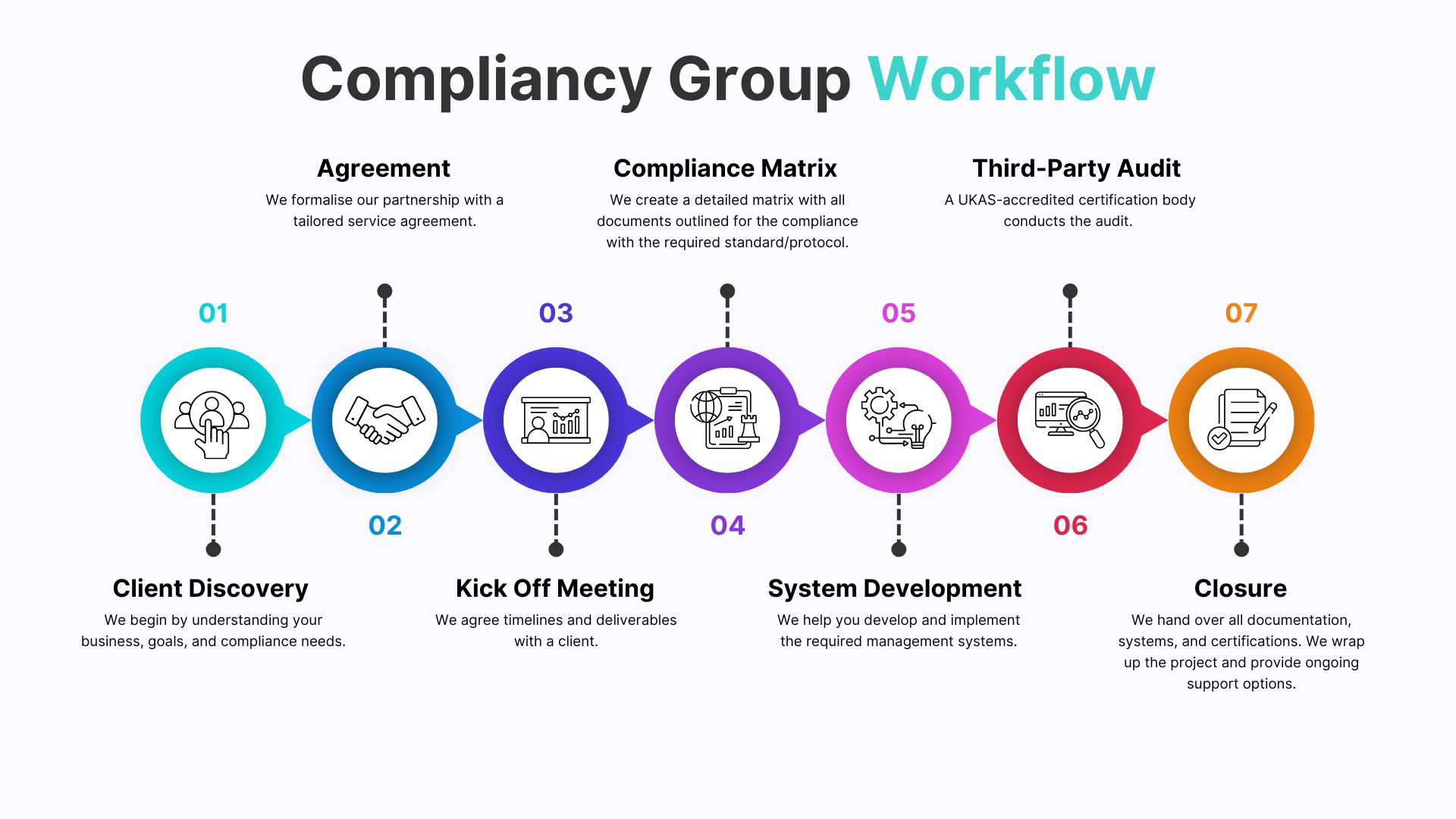We're Here To
Help
A Vibration Assessment is a targeted inspection designed to measure and evaluate exposure to hand-arm and whole-body vibration in the workplace. Conducting a thorough vibration assessment demonstrates your business’s commitment to employee health, legal compliance, and proactive risk management – trusted by clients, partners, and regulators across all sectors. With effective vibration management, you protect your workforce from vibration-related injuries, reduce health risks, and ensure a safe working environment. Compliancy Group guides you through every step – making vibration compliance clear, practical, and a genuine business advantage.
We understand the challenges of managing vibration risks and complying with current regulations. Our team brings hands-on experience with vibration assessments, control measures, and industry best practices.
No one-size-fits-all here. Whether you need an initial vibration survey, risk assessment, mitigation strategies, or ongoing compliance advice, our services are fully customised to your operations. We offer flexible support packages—from essential guidance to comprehensive on-site consultancy.
We work exclusively with UKAS-accredited certification bodies and maintain a 100% pass rate for compliance assessments. Our clients trust us to deliver results that stand up to audit and regulatory scrutiny—helping you achieve, maintain, and leverage vibration compliance for business growth.
Compliance shouldn’t slow you down. We help you build safer environments, reduce vibration risks, and improve operational efficiency—so you can focus on your core business.
You’ll work directly with our expert team, including leadership involvement from our CEO. We pride ourselves on responsive communication, clear guidance, and ongoing support throughout your compliance journey.
Demonstrate compliance to secure contracts and reassure clients, staff, and regulators.
Show your commitment to employee wellbeing, safety, and legal responsibilities.
Minimise the risk of vibration-related health issues and costly liabilities.
Enhance your standing as a responsible and trusted employer.
Regular assessments and compliance checks foster a culture of ongoing safety and operational excellence.
Strengthen Reputation
From initial assessment to ongoing support, our team ensures you’re always prepared and confident.
We streamline compliance processes, freeing up your team to focus on core business activities.
Services are tailored to your specific business needs, not generic templates.
Ongoing support, training, and regulatory updates keep your business compliant long after inspection.
Our 100% compliance pass rate and exclusive partnerships with UKAS-accredited bodies mean you’re in safe hands.

The aim of the risk assessment is to help you decide what you need to do to ensure the health and safety of your employees who are exposed to vibration. Your risk assessment should: identify where there might be a risk from vibration and who is likely to be affected.
The exposure limit value (ELV) is the maximum amount of vibration an employee may be exposed to on any single day. For hand-arm vibration the ELV is a daily exposure of 5 m/s2 A(8). It represents a high risk above which employees should not be exposed.
Vibration analysis is a process that monitors the levels and patterns of vibration signals within a component, machinery or structure, to detect abnormal vibration events and to evaluate the overall condition of the test object.
This British Standard 6472 provides an overall guide to those who are exposed to building vibration with the frequency of 1 Hz up to 80 Hz. BS 6472 describes the application of vibration weighting curves, blast-induced vibration, and the current methods of assessing continuous, intermittent, and impulsive vibration.
An acceptable vibration level would be less than 0.16 in/sec (pk) or 2.8 mm/sec (rms). Restricted operation: the same motor/pump operating at vibration levels between 0.16 and 0.25 in/sec (pk) or 2.8-4.5 mm/sec (rms) should be considered to have a problem causing excessive vibration, such as unbalance or misalignment.
Regular vibration assessments help identify and control risks from vibration exposure before they cause harm. This protects employees’ health, ensures compliance with legal standards, and supports a safer, more productive work environment.
Long-term exposure to vibration can lead to serious health issues, such as Hand-Arm Vibration Syndrome (HAVS), carpal tunnel syndrome, and lower back pain. These conditions can affect grip strength, circulation, and overall well-being.
You can reduce exposure by selecting low-vibration equipment, maintaining tools and machines regularly, rotating tasks to limit exposure time, providing training, and using protective equipment. Regular risk assessments also help identify areas for improvement.